Hey there! As we eagerly anticipate the official start of summer on June 20th here in Canada, it’s time to prepare for and embrace the season’s energy and warmth. With longer days and sunnier skies, summer is a season of growth and renewal, not just for us but for our houseplants too! This is the perfect time to dive into how to care for houseplants during the summer months.
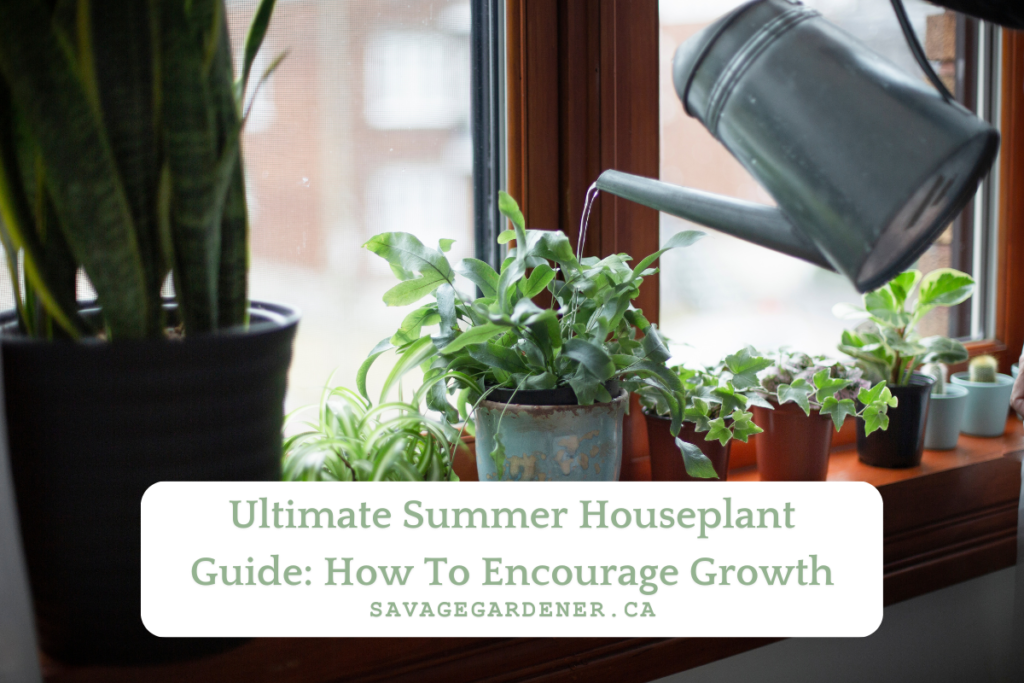
Summer brings exciting opportunities for gardening enthusiasts like us. However, it’s important to be proactive in tending to our indoor plants as the warmer weather can present unique challenges. Increased temperatures and changing humidity levels can affect houseplants, making it essential to adjust our care routines accordingly.
In this blog, I’ll share practical tips on how to keep your houseplants thriving throughout the summer. From watering schedules to light management, we’ll explore everything you need to know to ensure your indoor garden flourishes despite the seasonal changes. Whether you’re a seasoned gardener or just starting out, these insights will help you enjoy the beauty of summer while maintaining healthy, happy plants. So, let’s get ready to give our houseplants the love and attention they deserve this summer!
Sunburn Protection
Sunburn isn’t just a concern for us—it can be a real issue for our houseplants too, especially during the summer. When the weather warms up, it’s tempting to move our indoor plants outside to enjoy the extra sunlight. However, this sudden exposure can lead to sunburn, which is harmful to our leafy friends.
Sunburn in houseplants occurs when they receive more direct sunlight than they’re used to. Plants that usually thrive in indirect light can be especially vulnerable. The intense summer sun can cause their leaves to scorch, leading to unsightly yellow or brown spots. These spots indicate damage and, if not addressed, can affect the overall health of your plant.
One of the first signs of sunburn in plants is the appearance of these discoloured spots. The affected areas might feel dry and crispy to the touch. In severe cases, entire leaves can turn yellow or brown and eventually drop off. This damage isn’t just cosmetic; it can hinder the plant’s ability to photosynthesize, which is crucial for its growth and survival.
To prevent sunburn, it’s important to acclimate your houseplants gradually to direct sunlight. Start by placing them in a shaded outdoor area for a few hours each day, gradually increasing their exposure over a week or two. This slow transition helps them adjust without getting scorched.
Another effective method is to use sheer curtains or window films to filter harsh sunlight when your plants are indoors. These barriers diffuse the light, providing the benefits of natural sunlight without the intensity that causes damage. If moving plants outside, try to choose spots with dappled sunlight or morning sun, which is less intense than afternoon rays. By taking these precautions, you can help ensure your houseplants enjoy the summer sun without the risk of sunburn.
Pest Prevention
Summer is a wonderful time for houseplants, but it also brings an increased risk of pest infestations. The warmer temperatures and higher humidity levels create the perfect environment for pests to thrive. On top of this, if you love to open all the windows in the summer for fresh air, some pests can fly right in through your window screen! As a plant lover, it’s important to be proactive in protecting your indoor garden from these unwanted visitors.
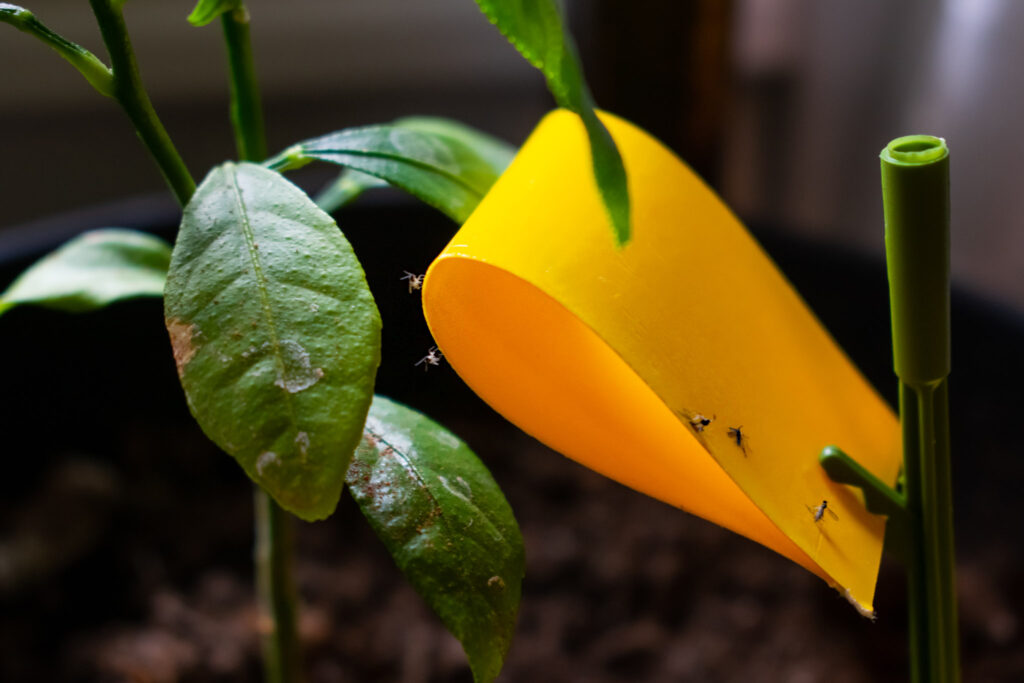
During the summer months, common pests to watch out for include aphids, spider mites, and fungus gnats. Aphids are small, pear-shaped insects that can cluster on new growth, sucking the sap and weakening the plant. Spider mites are tiny, often appearing as tiny red or yellow spots, and they can create fine webbing on the undersides of leaves. Fungus gnats are small flies that hover around the soil surface and their larvae can damage plant roots.
How do I get rid of pests?
Preventing pest problems starts with regular inspection of your plants. Make it a habit to check the undersides of leaves and the soil surface for any signs of pests. Catching infestations early makes them easier to manage. Maintaining proper humidity levels can also help. Many pests thrive in overly dry conditions or overly wet, so keeping the humidity around your plants at an optimal level can deter them.
Natural pest control methods are a safe and effective way to protect your plants. Neem oil is a popular choice because it disrupts the life cycle of many common pests. Simply spray it on the affected areas according to the product instructions. But be warned, in my opinion neem oil STINKS! Insecticidal soap is another effective option, especially for soft-bodied insects like aphids. It works by breaking down their outer layers, ultimately killing them without harming the plant.
By being vigilant and using these strategies, you can keep your houseplants healthy and pest-free throughout the summer. Regular care and attention will ensure that your indoor garden thrives, providing you with beautiful, lush greenery all season long.
Watering Wisely
With summer upon us, it’s crucial to adjust our watering routines to keep our houseplants healthy and thriving. Warmer weather and increased evaporation rates mean our plants might need more water, but it’s important to find the right balance. Overwatering and underwatering can both pose significant risks to your lovely houseplants!
Overwatering is a common issue and can lead to root rot, which is detrimental to the plant’s health. Signs of overwatering include yellowing leaves, a mushy stem, and mouldy soil. On the other hand, underwatering can cause plants to become dehydrated. Look for wilting leaves, dry soil, and brown leaf tips as indicators that your plant needs more water.
How do I properly water my plants?
To avoid these problems, I always recommend checking soil moisture levels before watering. A simple method is to stick your finger about an inch or two into the soil. If it feels dry, it’s time to water. For larger plants, a moisture meter can be a helpful tool to gauge when your plants need a drink. Observing plant behaviour is also key. Drooping leaves can be a sign of both overwatering and underwatering, which makes it confusing, so it’s important to consider soil moisture along with these visual cues.
Another tip is to water plants thoroughly, ensuring the water reaches the roots. I like to water until I see some water draining out of the bottom of the pot, which helps ensure the entire root system is hydrated. Then, I wait until the soil dries out before watering again. This cycle mimics natural rainfall patterns and promotes healthy root growth.
By adjusting our watering routines and paying close attention to our plants, we can keep them happy and healthy throughout the summer. Proper watering is essential for lush, vibrant houseplants, and a little extra care during the hotter months goes a long way.
Humidity Management
Managing humidity for houseplants during the summer can be challenging but is essential for their health. Summer heat often lowers indoor humidity levels, which can stress our plants. Many houseplants, especially tropical varieties, thrive in humid environments, so it’s important to keep their moisture levels in check.
One simple way to maintain adequate humidity is by misting your plants. Now some people say this method does nothing, but in my experience, it isn’t hurting! I like to give my plants a gentle misting in the morning to boost the humidity around their leaves. Another effective strategy is grouping plants together. This mimics a microclimate where the humidity levels are naturally higher, benefiting all the plants in the group.
For a more consistent (and widely believed) solution, consider using a humidifier. Placing a humidifier near your plants ensures a steady level of humidity, especially during the hottest parts of the day. It’s a great investment if you have several humidity-loving plants. Additionally, some say placing water trays or pebble trays under your pots can help increase humidity as the water evaporates.
By using these simple techniques, we can help our houseplants thrive despite the summer heat. Proper humidity management not only keeps plants healthy but also enhances their growth and vibrancy.
Summer Pruning and Maintenance
Summer is the perfect time for houseplant pruning and maintenance, ensuring your indoor garden stays healthy and vibrant. Pruning during the summer is essential for removing dead or damaged foliage, promoting better airflow, and encouraging new, healthy growth. By taking care of these tasks, we help our plants thrive and look their best.
When it comes to pruning, having the right tools is important. I always keep a pair of sharp, clean scissors on hand. I haven’t invested in pruning shears yet, but I probably should! For smaller plants, fine-tipped scissors work well, while larger plants might require kitchen scissors or shears. Before pruning, it’s crucial to wash your tools to prevent the spread of disease.
Different plant varieties require different pruning techniques. For example, vining plants like pothos benefit from cutting back leggy stems to encourage bushier growth. For bushy plants like spider plants, remove any yellow or brown leaves at the base. When pruning, make clean cuts just above a leaf node or base to promote healthy new growth.
Regular maintenance tasks go hand in hand with pruning. Dusting leaves is an easy but often overlooked task. I use a soft, damp cloth to gently wipe away dust, which helps the plant absorb more light and breathe better. Repotting is another crucial task, especially if roots are poking out of the drainage holes or the plant is top-heavy. Choose a pot that’s one size larger and fresh potting soil to give your plant room to grow.
Fertilizing is also key during the summer growing season. I like to use a balanced, water-soluble fertilizer every few weeks to provide essential nutrients. Be sure to follow the instructions on the fertilizer package to avoid overfeeding.
By incorporating these pruning and maintenance tips into your routine, you can keep your houseplants healthy and thriving all summer long.
Conclusion
As we wrap up our discussion on houseplant care during the summer, let’s recap the key points. We’ve explored the importance of adjusting watering routines, managing humidity, preventing pests, and the benefits of summer pruning and maintenance. Proactive care is essential during the warmer months to keep our indoor greenery thriving.
Applying these tips will help your houseplants stay healthy and keep growing. Regular watering, mindful of the increased evaporation rates, ensures your plants get the right amount of moisture. Managing humidity with misting, grouping plants, or using a humidifier can prevent stress from dry air. Pruning dead or damaged foliage promotes healthy growth and better airflow. Don’t forget regular maintenance tasks like dusting leaves, repotting, and fertilizing to provide the best care for your plants.
I encourage you to implement these strategies and watch your houseplants flourish this summer. Your indoor garden can be a lush, green sanctuary with just a little extra attention.
I’d love to hear from you! Please feel free to share your experiences, ask questions, or leave feedback in the comments below. I’m always happy to hear from our planty community, if you don’t feel like leaving a comment, message me on Instagram @Savage__gardener, I’d love to connect!
Discover more from Savage Gardener
Subscribe to get the latest posts sent to your email.

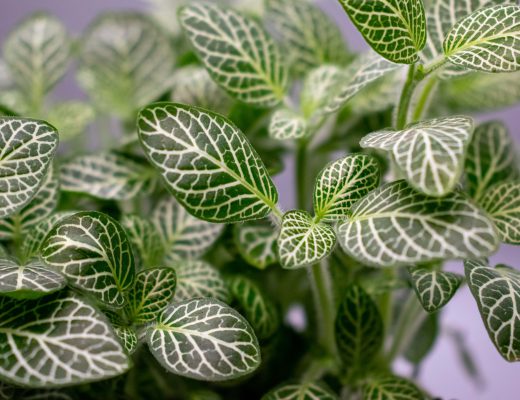
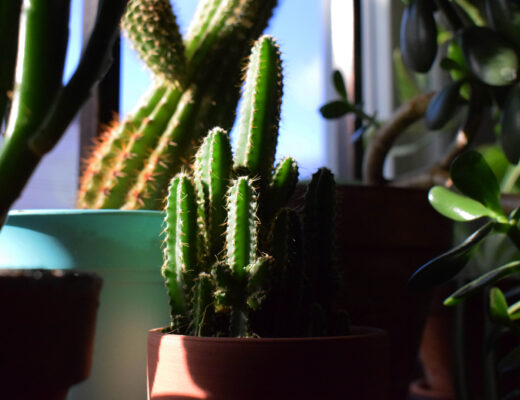
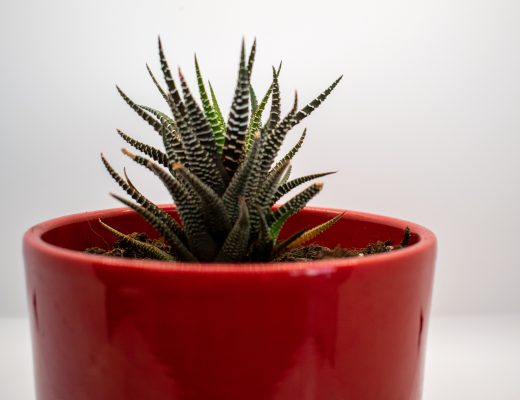
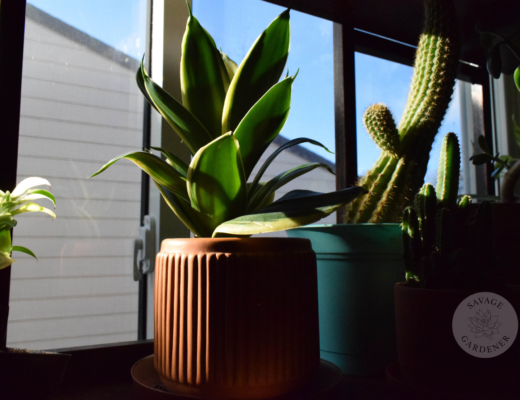
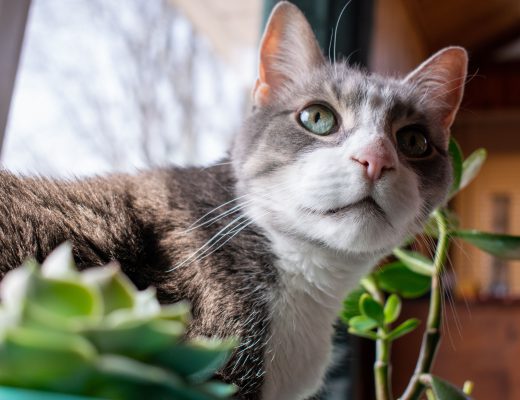
No Comments